Fundamentals of Fluid Mechanics. Seventh Edition. Основы гидромеханики. Седьмое издание
Издание на английском языке
This book is intended for junior and senior engineering students who are interested in learning some fundamental aspects of fluid mechanics. We developed this text to be used as a first course. The principles considered are classical and have been well-established for many years.
However, fluid mechanics education has improved with experience in the classroom, and we have brought to bear in this book our own ideas about the teaching of this interesting and important subject. This seventh edition has been prepared after several years of experience by the authors using the previous editions for introductory courses in fluid mechanics. On the basis of this experience, along with suggestions from reviewers, colleagues, and students, we have made a number of changes in this edition. The changes (listed below, and indicated by the word New in descriptions in this preface) are made to clarify, update, and expand certain ideas and concepts.
Contents
1 Introduction
Learning Objectives
1.1 Some Characteristics of Fluids
1.2 Dimensions, Dimensional Homogeneity, and Units
1.3 Analysis of Fluid Behavior
1.4 Measures of Fluid Mass and Weight
1.5 Ideal Gas Law
1.6 Viscosity
1.7 Compressibility of Fluids
1.8 Vapor Pressure
1.9 Surface Tension
1.10 A Brief Look Back in History
1.11 Chapter Summary and Study Guide
References
Review Problems
Conceptual Questions
Problems
2 Fluid Statics
Learning Objectives
2.1 Pressure at a Point
2.2 Basic Equation for Pressure Field
2.3 Pressure Variation in a Fluid at Rest
2.4 Standard Atmosphere
2.5 Measurement of Pressure
2.6 Manometry
2.7 Mechanical and Electronic Pressure-Measuring Devices
2.8 Hydrostatic Force on a Plane Surface
2.9 Pressure Prism
2.10 Hydrostatic Force on a Curved Surface
2.11 Buoyancy, Flotation, and Stability
2.12 Pressure Variation in a Fluid with Rigid-Body Motion
2.13 Chapter Summary and Study Guide
References
Review Problems
Conceptual Questions
Problems
3 Elementary Fluid Dynamics - The Bernoulli Equation
Learning Objectives
3.1 Newton’s Second Law
3.2 F = ma along a Streamline
3.3 F = ma Normal to a Streamline
3.4 Physical Interpretation
3.5 Static, Stagnation, Dynamic, and Total Pressure
3.6 Examples of Use of the Bernoulli Equation
3.7 The Energy Line and the Hydraulic Grade Line
3.8 Restrictions on Use of the Bernoulli Equation
3.9 Chapter Summary and Study Guide
References
Review Problems
Conceptual Questions
Problems
4 Fluid Kinematics
Learning Objectives
4.1 The Velocity Field
4.2 The Acceleration Field
4.3 Control Volume and System Representations
4.4 The Reynolds Transport Theorem
4.5 Chapter Summary and Study Guide
References
Review Problems
Conceptual Questions
Problems
5 Finite Control Volume Analysis
Learning Objectives
5.1 Conservation of Mass - The Continuity Equation
5.2 Newton’s Second Law - The Linear Momentum and Moment-of-Momentum Equations
5.3 First Law of Thermodynamics - The Energy Equation
5.4 Second Law of Thermodynamics - Irreversible Flow
5.5 Chapter Summary and Study Guide
References
Review Problems
Conceptual Questions
Problems
6 Differential Analysis of Fluid Flow
Learning Objectives
6.1 Fluid Element Kinematics
6.2 Conservation of Mass
6.3 Conservation of Linear Momentum
6.4 Inviscid Flow
6.5 Some Basic, Plane Potential Flows
6.6 Superposition of Basic, Plane Potential Flows
6.7 Other Aspects of Potential Flow Analysis
6.8 Viscous Flow
6.9 Some Simple Solutions for Viscous, Incompressible Fluids
6.10 Other Aspects of Differential Analysis
6.11 Chapter Summary and Study Guide
References
Review Problems
Conceptual Questions
Problems
7 Dimensional Analysis, Similitude, and Modeling
Learning Objectives
7.1 Dimensional Analysis
7.2 Buckingham Pi Theorem
7.3 Determination of Pi Terms
7.4 Some Additional Comments about Dimensional Analysis
7.5 Determination of Pi Terms by Inspection
7.6 Common Dimensionless Groups in Fluid Mechanics
7.7 Correlation of Experimental Data
7.8 Modeling and Similitude
7.9 Some Typical Model Studies
7.10 Similitude Based on Governing Differential Equations
7.11 Chapter Summary and Study Guide
References
Review Problems
Conceptual Questions
Problems
8 Viscous Flow in Pipes
Learning Objectives
8.1 General Characteristics of Pipe Flow
8.2 Fully Developed Laminar Flow
8.3 Fully Developed Turbulent Flow
8.4 Dimensional Analysis of Pipe Flow
8.5 Pipe Flow Examples
8.6 Pipe Flowrate Measurement
8.7 Chapter Summary and Study Guide
References
Review Problems
Conceptual Questions
Problems
9 Flow Over Immersed Bodies
Learning Objectives
9.1 General External Flow Characteristics
9.2 Boundary Layer Characteristics
9.3 Drag
9.4 Lift
9.5 Chapter Summary and Study Guide
References
Review Problems
Conceptual Questions
Problems
10 Open-Channel Flow
Learning Objectives
10.1 General Characteristics of Open-Channel Flow
10.2 Surface Waves
10.3 Energy Considerations
10.4 Uniform Depth Channel Flow
10.5 Gradually Varied Flow
10.6 Rapidly Varied Flow
10.7 Chapter Summary and Study Guide
References
Review Problems
Conceptual Questions
Problems
11 Compressible Flow
Learning Objectives
11.1 Ideal Gas Relationships
11.2 Mach Number and Speed of Sound
11.3 Categories of Compressible Flow
11.4 Isentropic Flow of an Ideal Gas
11.5 Nonisentropic Flow of an Ideal Gas
11.6 Analogy between Compressible and Open-Channel Flows
11.7 Two-Dimensional Compressible Flow
11.8 Chapter Summary and Study Guide
References
Review Problems
Conceptual Questions
Problems
12 Turbomachines
Learning Objectives
12.1 Introduction
12.2 Basic Energy Considerations
12.3 Basic Angular Momentum Considerations
12.4 The Centrifugal Pump
12.5 Dimensionless Parameters and Similarity Laws
12.6 Axial-Flow and Mixed-Flow Pumps
12.7 Fans
12.8 Turbines
12.9 Compressible Flow Turbomachines
12.10 Chapter Summary and Study Guide
References
Review Problems
Conceptual Questions
Problems
A Computational Fluid Dynamics
B Physical Properties of Fluids
C Properties of the U.S. Standard Atmosphere
D Compressible Flow Graphs for an Ideal Gas (k = 1.4)
E Comprehensive Table of Conversion Factors See www.wiley.com/college/munson or WileyPLUS for this material.
F CFD Problems and Tutorials See www.wiley.com/college/munson or WileyPLUS for this material.
G Review Problems See www.wiley.com/college/munson or WileyPLUS for this material.
H Lab Problems See www.wiley.com/college/munson or WileyPLUS for this material.
I CFD Driven Cavity Example See www.wiley.com/college/munson or WileyPLUS for this material.
Answers
Index
Video Index
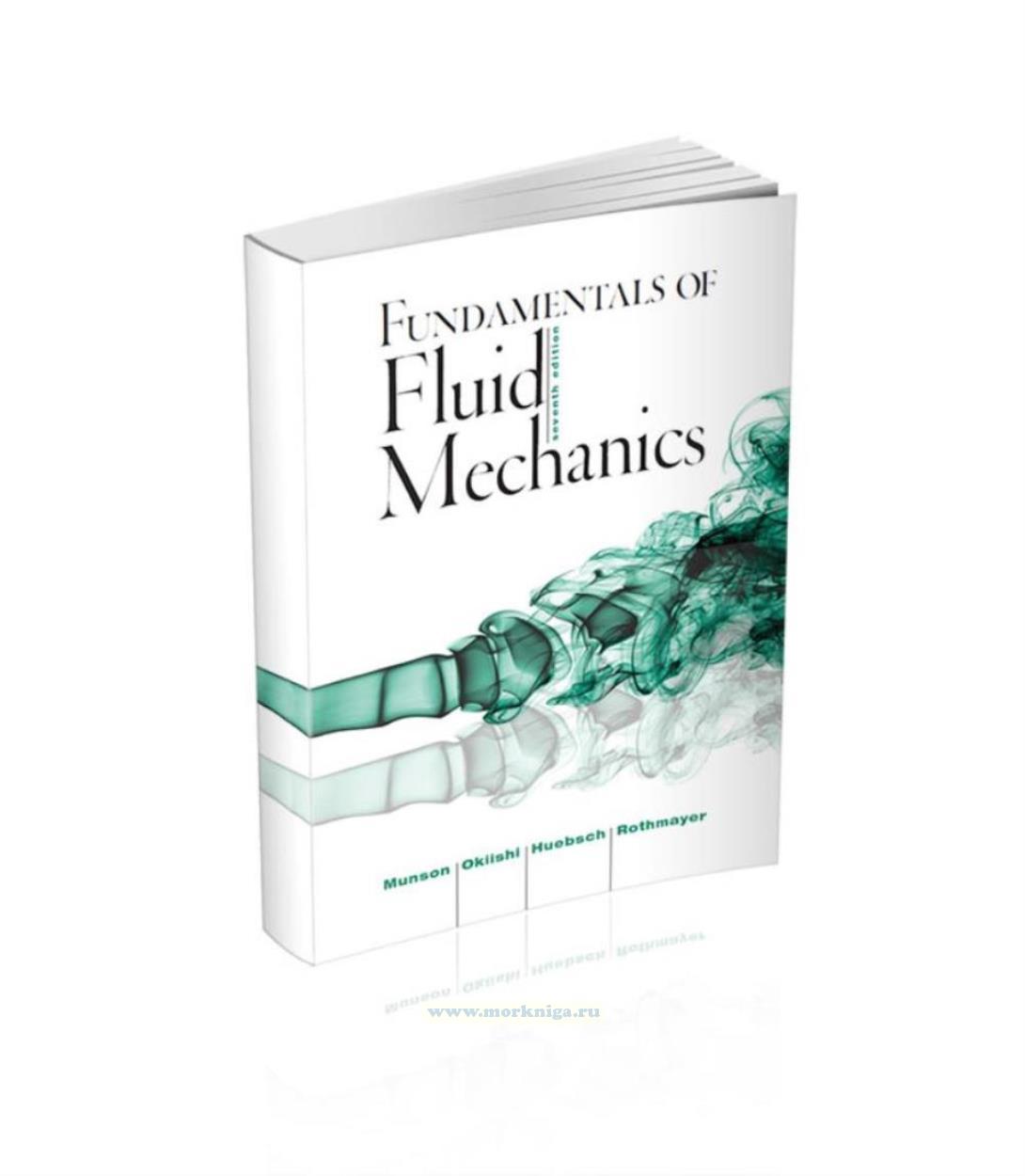
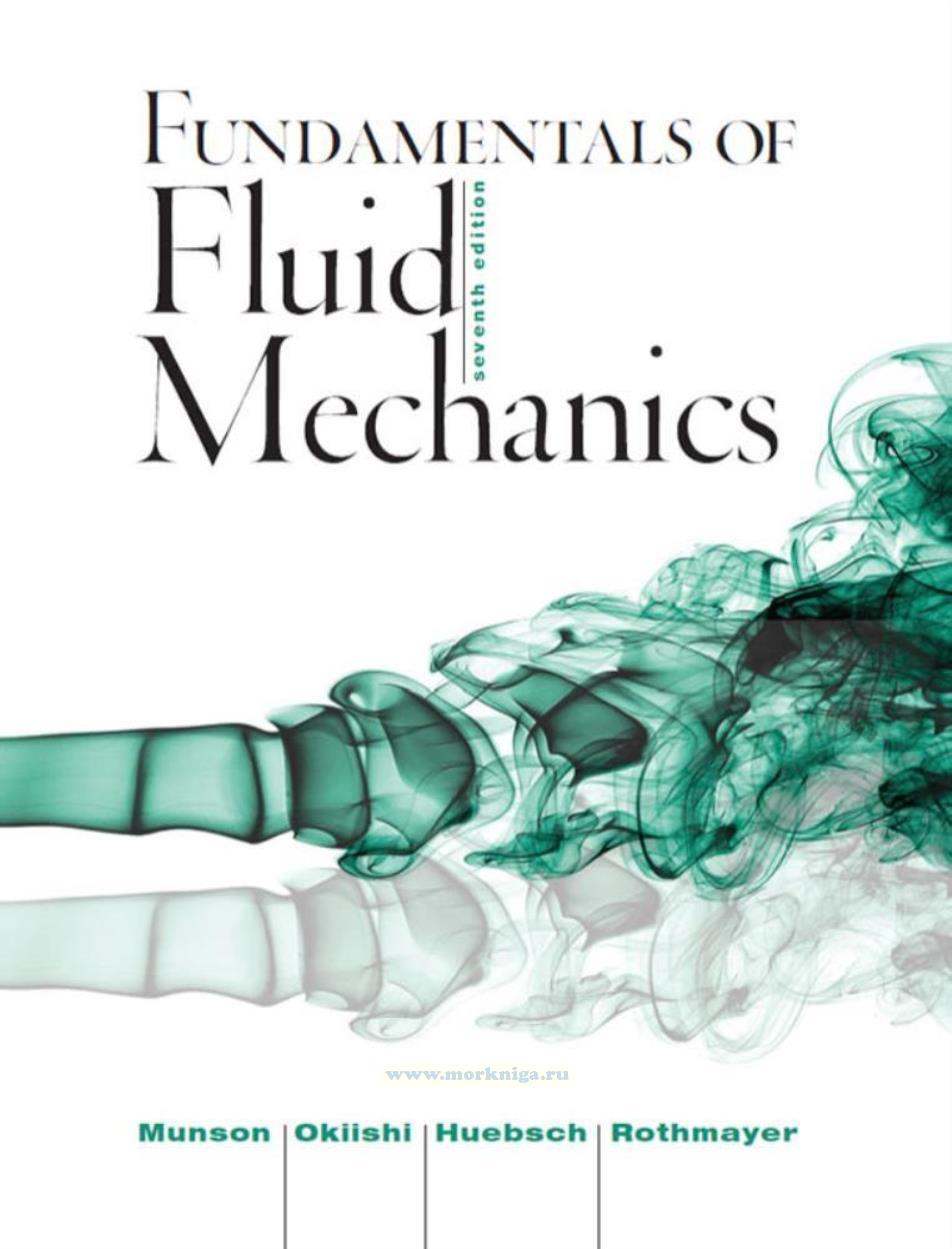
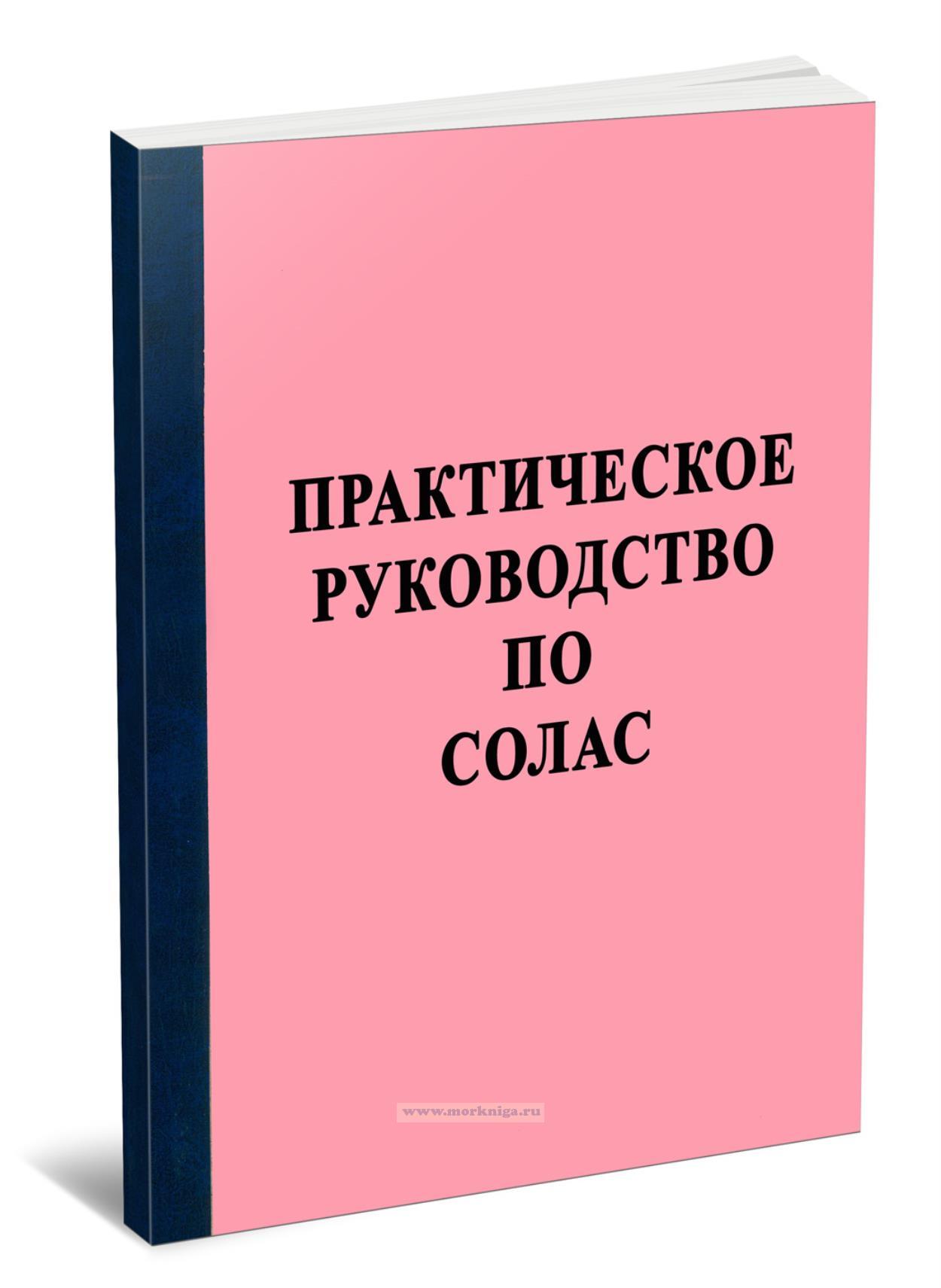 Практическое руководство по СОЛАС. Health, Safety and Training (Russian Version)
Практическое руководство по СОЛАС. Health, Safety and Training (Russian Version) 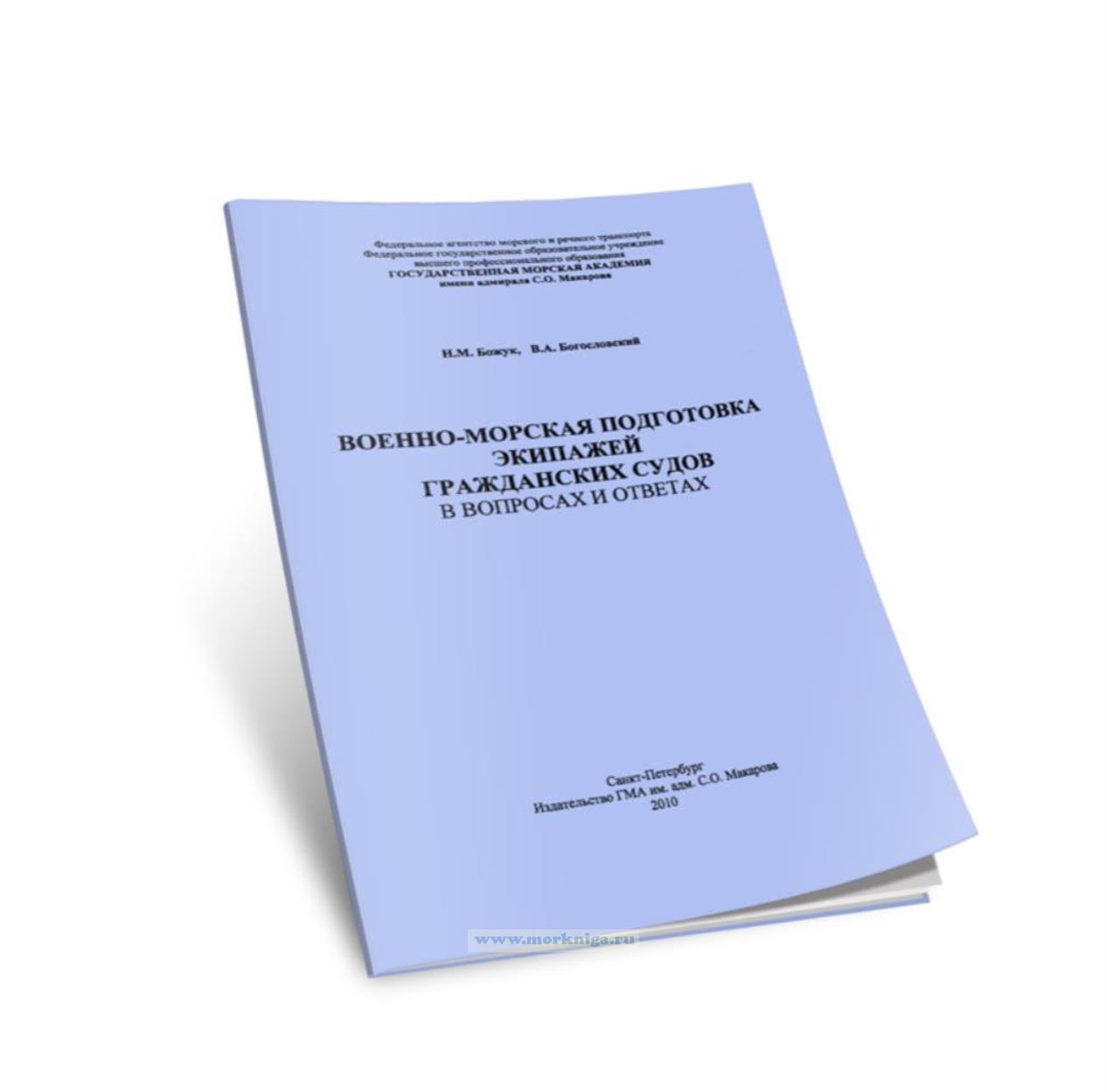 Военно-морская подготовка экипажей гражданских судов. В вопросах и ответах
Военно-морская подготовка экипажей гражданских судов. В вопросах и ответах 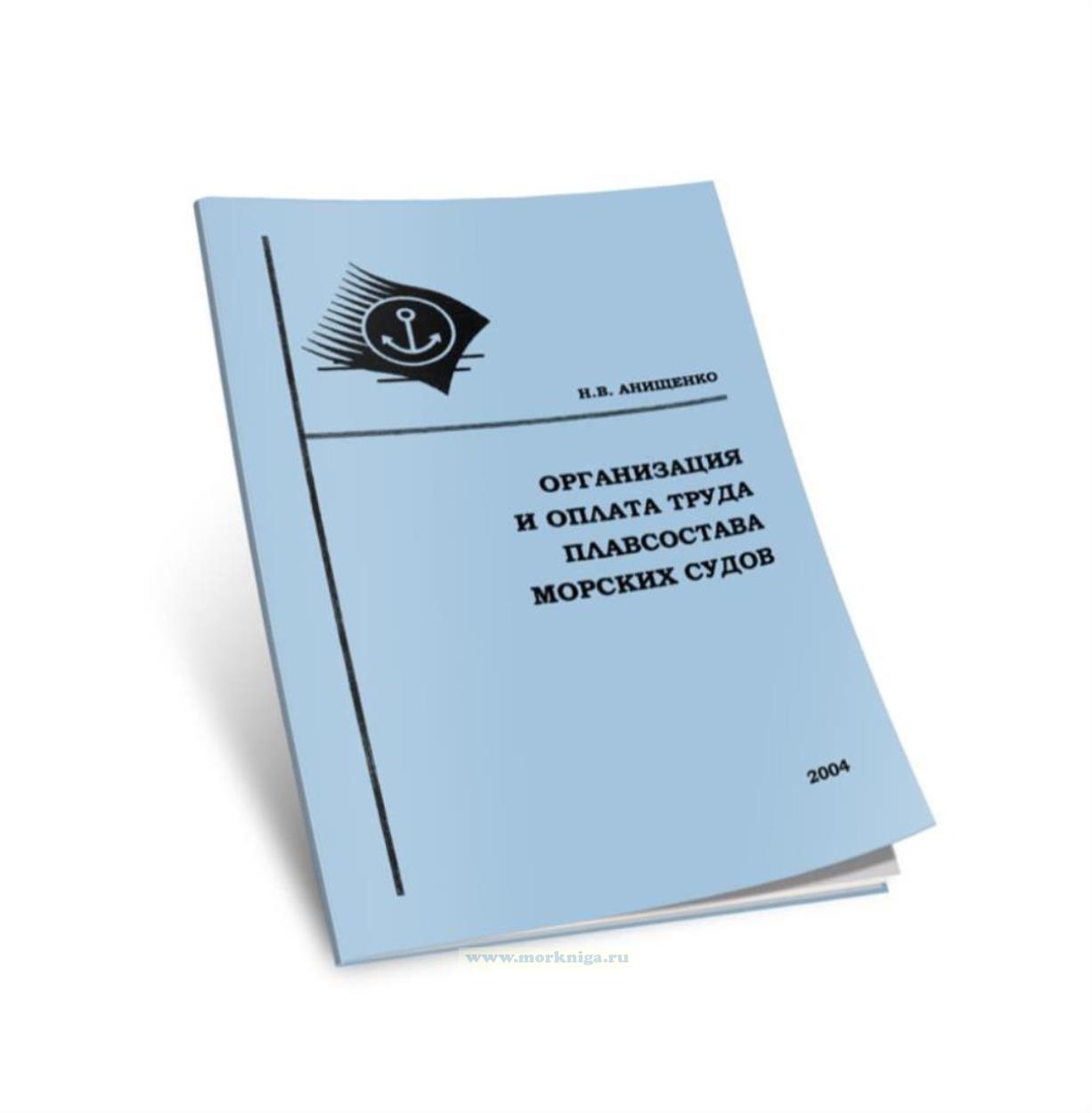 Организация и оплата труда плавсостава морских судов
Организация и оплата труда плавсостава морских судов